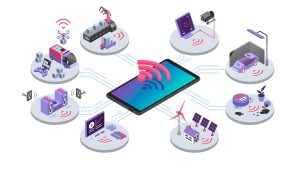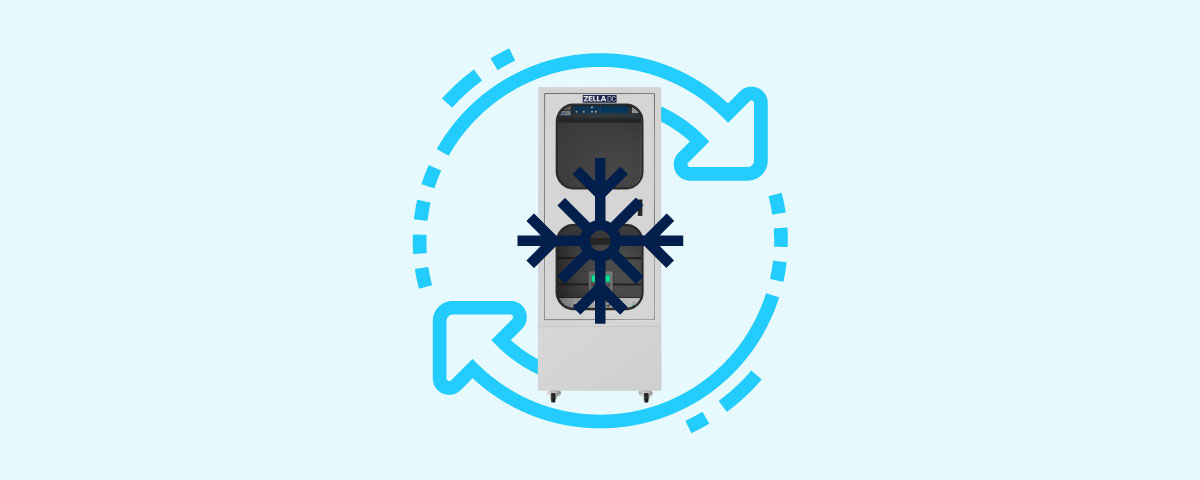The demand for IoT devices – from requesting Alexa or Siri to play music, streaming the latest box set, to smart city integration and industrial applications – is growing rapidly. As a result, the amount of data generated is also increasing exponentially. It is anticipated that the current global footprint of IoT, which stands at a modest 1GW, will expand to over 40GW* in the next ten years.
To ensure successful implementation, data centre capacity must keep pace with the increasing demand for IoT devices. Micro data centres (MDCs) are being touted as a cost-effective and efficient solution that is already being deployed. However, it remains unclear whether MDCs are a temporary fix to address the current capacity gap or a long-term solution for edge computing needs.
The answer appears to be a hybrid of both possibilities.
The different edge categories
Edge computing is, in a nutshell, bringing data processing close to where the information is generated. For instance, a remote mining facility might deploy one or multiple MDCs on-site to cope with the increasing number of smart machinery in use. Or traffic flow technology in a smart city infrastructure could utilise a number of units that instantly react according to need, changing traffic light sequences or opening and closing lanes according to demand, for example.
This is what it’s defined as near-edge solutions – meaning the MDCs are positioned at the centre of the action.
But what about data that isn’t as time-critical? The enormous volume of data generated makes it impractical to transfer it all to the hyper-scale centres dispersed throughout the country. Instead, there is a need for a data sorting and storage solution that falls somewhere in between the two extremes. This is where mid and far-edge data centres come in – they are larger than near-edge data centres, but still considerably smaller and more flexible than the vast hyperscale cloud facilities.
It’s a combination of these three distinct edge solutions that are going to provide the solution for rapidly expandable data sorting. In fact, this three-pronged edge approach is already playing a pivotal role in upscaling data needs for the digital transformation (AKA industry 4.0) that includes 5G, smart manufacturing, an increasingly remote working population, and the growing demands of IoT.
 Gateways at the edge
Gateways at the edge
These three gateways – near, mid, and far – provide the flexible and easily expandable data capacity required to accommodate the rapidly increasing levels of digital information. With their low costs and quick deployment capabilities, micro data centres (MDCs) are poised to play a significant role in this data revolution.
As businesses begin to integrate smart working into their models retrospectively, this will begin to place further demand on edge needs. Therefore, the ability to quickly scale according to data needs is a vital component of edge implementation.
This modular approach is the key to advancing our smart society. Companies don’t yet know what their future edge needs may be, so the flexibility and scalability of MDCs are perfect, as you can start with just one and add more as and when required.
MDCs provide the digital resource that suits multiple roles. For instance:
- An SME might site a single unit within an office location to securely serve a local network.
- Governments can locate multiple units around a city to control smart lighting, energy, traffic and other requirements.
- Streaming services could utilise larger, regional edge hubs to better serve their customers, rather than all data being sent from a centralised source.
While these are three very different scenarios, they all share one thing in common: they can generate, process and action local data – as well as easily integrate with larger cloud storage, if needed. Edge micro centres are set to play a pivotal role in virtually every sector, including healthcare, manufacturing, education, defence, logistics and more.






